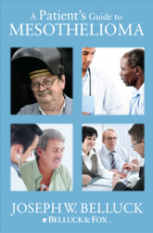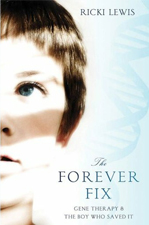Bronchoscopy
Quick Links
A bronchoscopy is a diagnostic procedure in which a viewing device, known as a bronchoscope, is inserted into a person’s airways through the mouth. A bronchoscope contains a small camera that allows for visual examination of the lower airways. Depending on the scope of the bronchoscopy that will be performed, doctors can choose between two types of bronchoscopes. One is a flexible fiber optic scope used for more delicate procedures. The second, which is wider and rigid, is used to remove foreign objects from the windpipe and lungs. When a bronchoscopy is performed to remove obstructions from a persons airways, it is considered a therapeutic, rather than a diagnostic, procedure.
Purpose
A bronchoscopy is used to examine the lower airways, to examine mucosal surfaces for signs of cancer, to check for obstructions or tumors, and to perform biopsies or surgery. It is a commonly-used procedure in patients who present with some form of pulmonary distress, such as the restricted breathing (âdyspneaâ) commonly associated with malignant mesothelioma and other lung-related deficiencies.
Bronchoscopy and Diagnosis
When it is uncertain whether patients have pleural mesothelioma, or another tumor or abnormality in the lungs or related-areas, a bronchoscopy may be recommended to avoid unneeded surgery. For patients who display signs of pleural mesothelioma, a bronchoscopy may be ordered to take a biopsy of the affected areas.
Preparation
Patients should not eat or drink after midnight on the night before surgery. Doctors should be notified of any and all allergies and medications being used.
Procedure
A bronchoscopy is usually performed with a local anesthetic. The treatments requires the patient to either lie on their back face up, or to sit upright in a chair. The bronchoscope is inserted either through the nasal passage or through the mouth and down the throat. Patients who have trouble breathing may be assisted by a respirator during the procedure.
A bronchial brush, a needle or forceps may be used to obtain tissue samples. A procedure called fluorescence bronchoscopy may also be used. This involves the use of a fluorescent light in the bronchoscope that displays precancerous tissue as dark red and healthy tissue as green.
Risks
The procedure carries several risks. Those include vocal cord damage, esophageal abrasions, spasms of the bronchial tubes, irregular heart rhythms and infection. With contemporary techniques, however, the incidence of these side effects has been greatly reduced and bronchoscopy is considered a safe procedure.
After Care
A bronchoscopy is an outpatient procedure. After the bronchoscopy, a patients heart rate, blood pressure and breathing are monitored. Saliva is examined for any sign of bleeding. No food or drink should be eaten for two to four hours after the procedure. Patients who receive a biopsy should not clear their throat or cough, as this can dislodge blood clots and cause bleeding.


